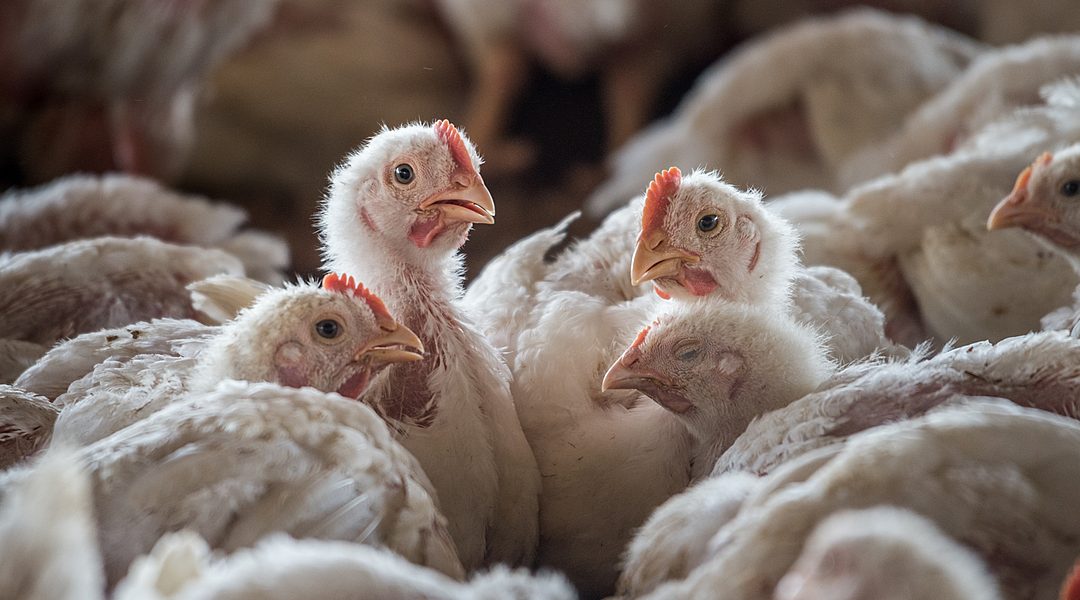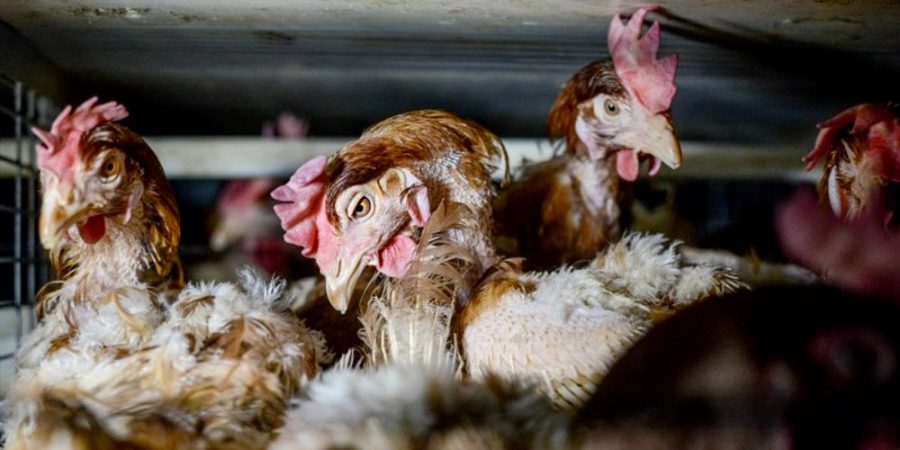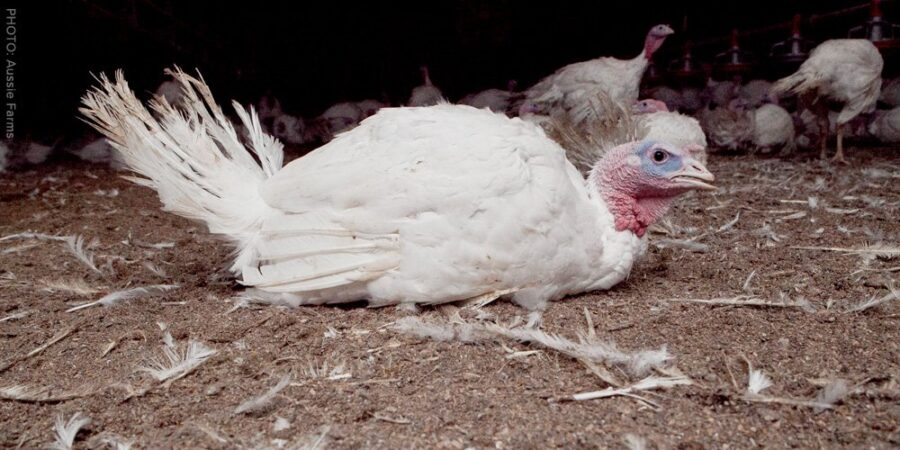After being forced to endure short, environmentally deprived, and often pain-filled lives, millions of young Australian birds — chickens, ducks, turkeys, as well as all the egg-laying hens who have reached the end of their ‘economically useful’ lives — are forced to face some of the most distressing handling, transport and slaughter imaginable.
Under the current draft Australian Animal Welfare Standards and Guidelines — Poultry, the killing of farmed birds is a long process — with the potential for animal suffering and cruelty every step of the way.
It begins with ‘depopulation’, which involves grabbing animals out of cages and from sheds and quickly pushing them into small cramped transport crates. Caged hens are particularly at risk during this time due to their weakened and brittle bones, and many will suffer broken or fractured bones during handling and transport.
At the slaughterhouse, some birds will be placed in CO2-filled chambers and gassed to death. At many slaughterhouses, birds may be shackled into ankle cuffs on a conveyor belt. They will be left hanging upside down for several minutes — a position which would cause great pain for animals who have been bred to be as heavy as possible, not to mention that many already suffer from weak and underdeveloped joints, or even broken bones.
From there, the suspended conveyor line moves and the birds’ heads are dipped into an electrified-water stunning bath. The production line moves on, and the birds have their throats cut open by a spinning blade. They’re assigned a few minutes to bleed to death before being dunked into scalding tanks of boiling water which are designed to remove their feathers.
But what happens when the rules fail?
As, tragically, they frequently do…
‘High throughput’ slaughterhouses operate on strict time schedules and, as abattoir investigations reveal again and again, there is often little opportunity — or incentive — to avoid animal cruelty.
Terrified animals may swing their heads out of the way of the electrified-bath and the mechanical blade. Others don’t fully ‘bleed out’ in the allotted time. These birds — who aren’t dead by the time the conveyor belt they’re shackled to reaches the scalding tanks — will be dragged alive into boiling water, as exposed in a shocking investigation by animal protection campaigner and photographer, Tamara Kenneally and revealed on the ABC.

















